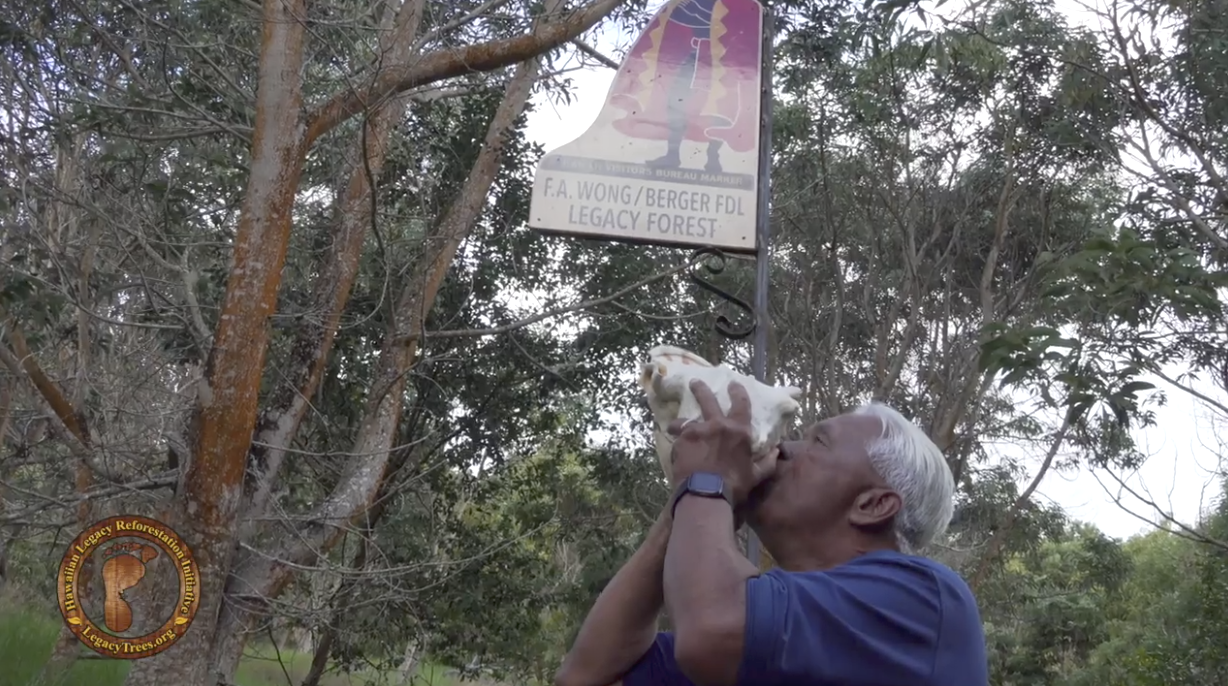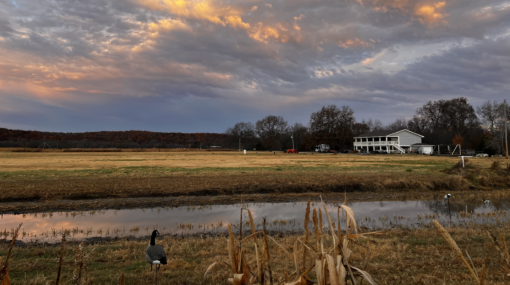What We’ve Done

HLRI – HAwaiian Legacy Reforestation Initiative
HLRI is an exemplary organization maintaining the integrity and vision that we like to see in our partnering organizations. To assist in their cause, ODP has designed an incentivized sapling program allowing our investment partners a very attractive market driven return while providing tens of thousands of young trees, free of cost to HLRI as they scale up their exciting program. At some point we expect carbon sequestration and the ensuing carbon credits to become a significantly profitable component to the program.

The Valley Park Agroecology Center
The Valley Park Agroecology Center stands as a beacon of sustainable agriculture and community engagement in Northeast Oklahoma. Nestled amidst verdant landscapes, this center serves as a hub for education, research, and innovation in agroecology—a holistic approach to farming that emphasizes ecological balance, biodiversity, optimization of natural resources and water usage, and resilience. Here, visitors can immerse themselves in hands-on learning experiences, from organic farming practices to permaculture techniques, fostering a deeper connection to the land and food systems. Beyond its educational role, the center plays a vital role in promoting food security and environmental stewardship, serving as a model for regenerative agriculture initiatives worldwide. Through partnerships with local farmers, schools, and organizations, the Valley Park Agroecology Center cultivates a vibrant network of individuals dedicated to creating a more sustainable and equitable future for generations to come.

New MExico
At Blame Her Ranch (BHR), we are dedicated to protecting the land and the unique wildlife that inhabit it. The program serves as a proxy exploration study for the surrounding Santa Fe National Forest which is the third largest in the United States. Collaborating with Dr. Mark Peaden and his University team, we employ various methods to monitor the health, population, and movements of these animals using the latest advanced technology. Our tools include specialized cameras and bioacoustics devices for birds, frogs, and bats, which help us understand these creatures better. Additionally, we have constructed custom water stations to ensure sufficient water availability, supporting both the wildlife and the environment.
We strongly advocate for student involvement in conservation efforts, providing opportunities for over 160 students to participate in our projects. These students gain hands-on experience using new technology and traditional methods, preparing them to become future conservation managers. Looking ahead, we plan to enhance the land for the benefit of the flora and fauna, focusing on species like the New Mexico Meadow Jumping Mouse and the Mexican Spotted Owl. We also monitor local bat populations and study the impact of human activities and environmental changes on wildlife. With over 2000 acres, we ensure the provision of alternative water sources in secluded areas, maintaining a balance between the needs of the wildlife and the privacy of the Blamer family and guests.
